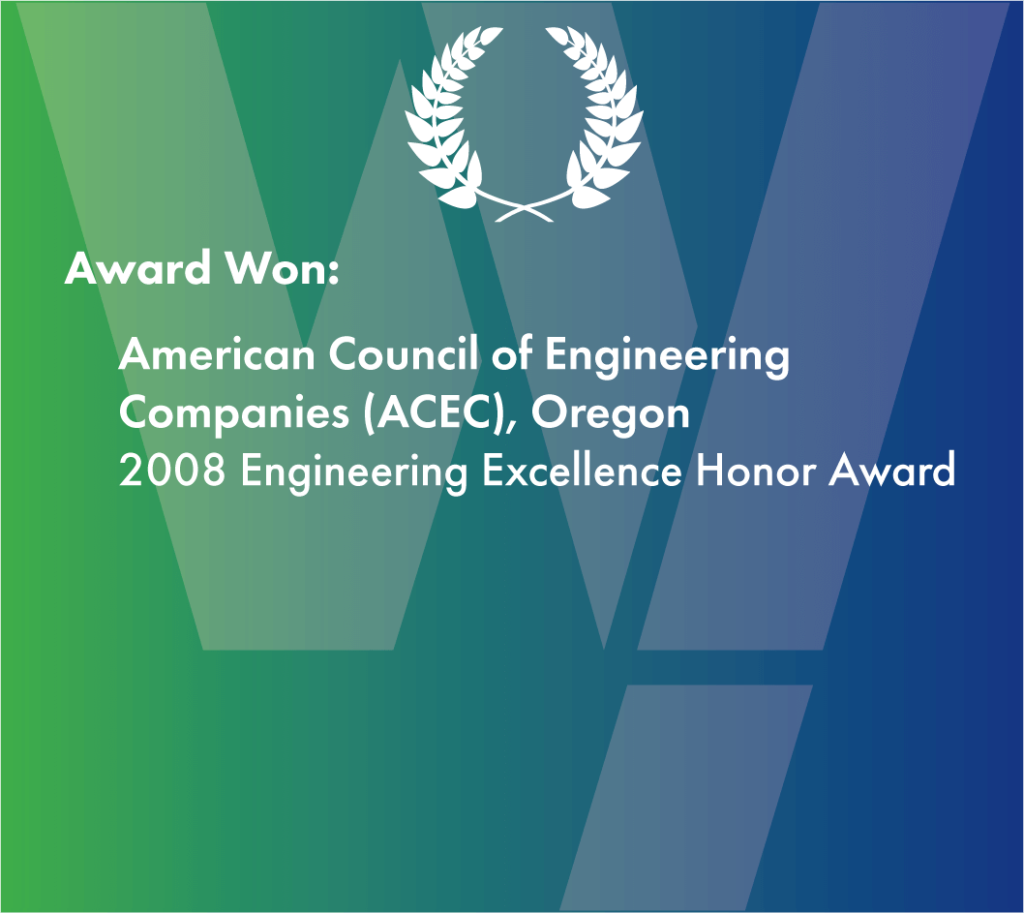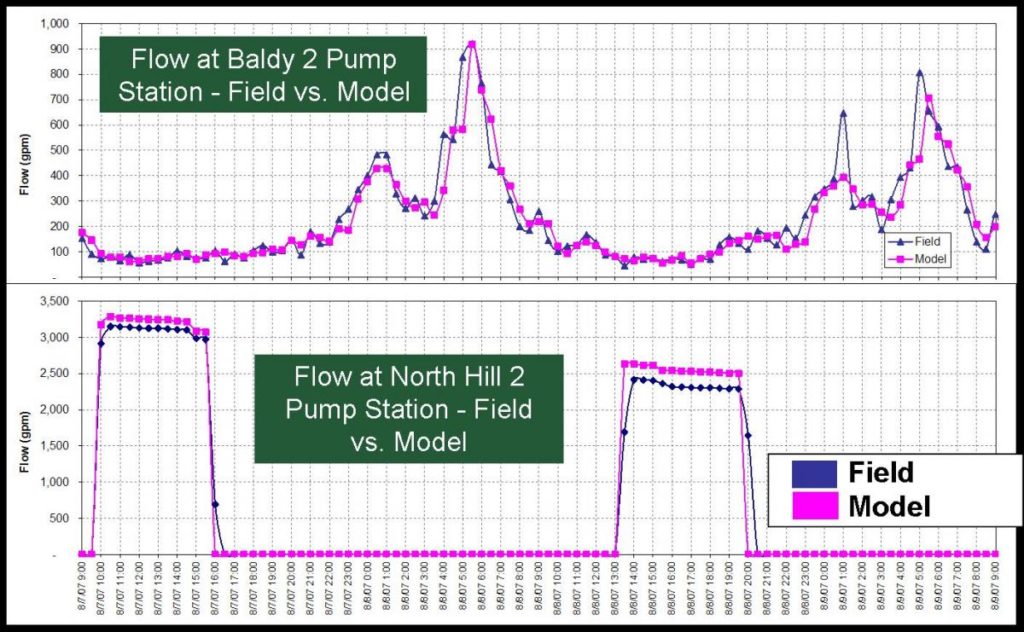
West Yost developed a dynamic hydraulic model for the City of Corvallis’ water distribution system. The new model incorporates GIS, geocodes customer billing data to allocate water demand, and was calibrated using an innovative and highly effective tracer analysis.
The dynamic water model was used to optimize water system operations, refine water quality monitoring programs, and will guide future water system expansions and development. West Yost also provided City staff with “hands-on” training and technical support in the use of the dynamic hydraulic model.

A particularly innovative approach used on this project was the use of tracer analysis to help calibrate the model for future water age analysis, ultimately to assist in the confirmation of the City’s existing water quality monitoring sites for future IDSE requirements.Since the City of Corvallis flouridates their water, West Yost had the opportunity to perform a tracer analysis study of fluoride to dynamically calibrate the movement of water through the distribution system for the purposes of water age analyses and conservative water quality substance transport assessments.
The fluoride tracer analysis also assisted in identifying closed valves and incorrect pipeline diameters in the hydraulic model database. Our approach was to curtail the addition of fluoride to the treated water for a period of approximately seven days in advance of the tracer analysis work so lingering concentrations of fluoride were cleared from the distribution system. Fluoride concentration measurements were then taken every two hours at 28 sample stations over a 72-hour period. West Yost staff evaluated the field data, and adjusted the hydraulic model as necessary to replicate the field observations.
The key to success for this project was the use of available hydraulic modeling technology in developing and calibrating the City’s hydraulic model, which provided the City with a sophisticated tool at a practical price. Our approach became the testing ground for the majority of hydraulic network development tools available with today’s software programs.
The new model has become an indispensable tool for the City in ongoing system operations, water quality management, and the City’s planning efforts for expansion. We look forward to continuing to use this dynamic tool in our future decision making, planning, and operational processes

